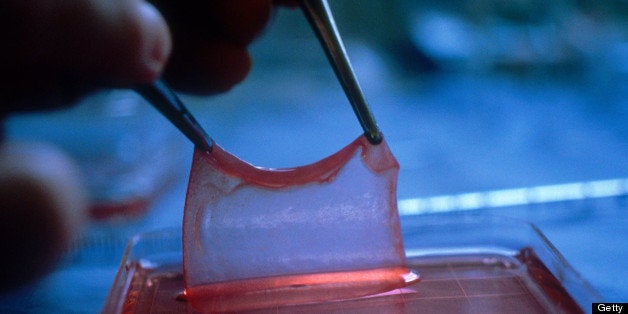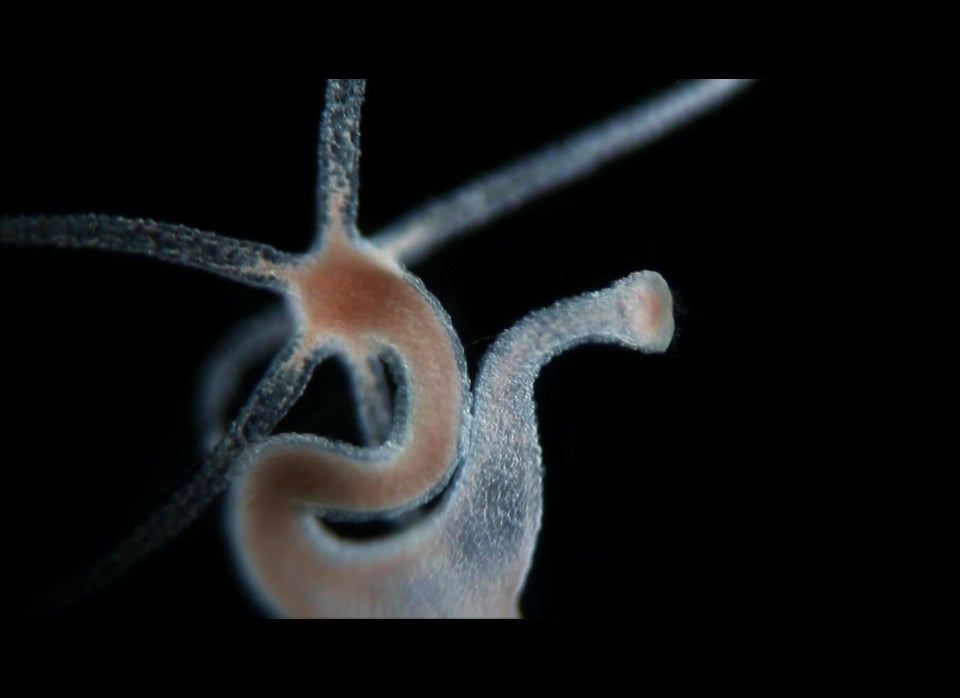
Microbes are everywhere—even inside us. But because so many of these bugs won't grow in the lab, scientists have had a tough time figuring out just who they are and how they live. That may soon change. By sequencing the DNA in individual cells, researchers have gotten to know 200 new microbes—and they may be able to characterize many more. The more researchers are able to fill out the microbial tree of life, the better able they will be to understand the role that microbes play in the environment and to harness microbial proteins for practical applications.
The approach "steps off into a whole world that up to now has been pretty inaccessible," says Norman Pace, a microbiologist at the University of Colorado, Boulder, who was not involved with the work. "It's a world we knew was there but we couldn't get to it."
Almost 400 years ago, the microscope opened a new vista on invisible life. Yet only in the 20th century did researchers become aware of how diverse the microbial world is. At that time, molecular biology made it possible for researchers to compare the same piece of DNA in a variety of organisms. That DNA, which coded for a piece of the ribosome, the cell's protein-producing factory, revealed vast differences in microbes and led researchers to divide them into two groups, bacteria and archaea, which includes organisms that live in extreme environments such as hot springs. Once researchers began sampling this piece of DNA from many different environments, they were shocked by just how many kinds of microbes existed. It seems that every time researchers test samples from the soil, the ocean, or even the bodies of organisms, they detect dozens if not hundreds of unknown microbes.
Yet, learning more about these microbes proved impossible because so few could be grown in the lab, mainly because researchers don't know what conditions are required for their survival. These hard-to-know organisms became known as "microbial dark matter" because they were as difficult to get a handle on as the dark matter in the universe. Only with great effort have a few microbes been investigated. The microbial family tree highlights the extent of this dark matter. Of the 100 major branches, or phyla, of microbes, less than one-third have any described species, Pace says. The rest of the phyla are uncharted. This is in stark contrast to animals, which consist of about 40 phyla, all of which contain multiple species. It's been too hard to come up with bacterial species identities to fill out their phyla.
Three years ago, Tanja Woyke, a microbiologist at the Joint Genome Institute in Walnut Creek, California, and colleagues decided to head into this uncharted territory by applying a newly developed sequencing approach to bacteria and archaea. Until recently, determining a genome's makeup required many copies of the DNA, and thus only microbes grown in the lab could be sequenced. But the new technique can decipher DNA from a single cell.
Woyke's collaborators collected water and sediment samples from nine habitats, including ocean hydrothermal vents and the inside of a reactor used to degrade plastic byproducts. They picked these locations to sample because previous genetic surveys had shown many unknown microbes there. The team then isolated and sorted the microbes, singled out 201 cells from 29 largely uncharted phyla, and sequenced those cells' DNA.
With the genomes in hand, the researchers were able to build a better family tree for the microbes and determine which ones were more closely related. The repertoire of genes in each cell indicated what the microbe ate and how it survived in its environment. Many of the microbes used hydrogen as a source of food, and a few relied on sulfur for energy, Woyke's team reports online today in Nature. The researchers named 18 phyla and were able to group some of them into larger categories called superphyla. Groups called SAR406, EM19, or OP8—initials representing the locations of the collections—took on names like Marinimicrobia, Omnitrophica, or Gracilibacteria.
By filling out the family tree, the study makes it easier for researchers to make sense of DNA collected from the environment, because they now have more reference DNA to compare it to, Woyke says. Her team's tests indicate that such analyses will be improved by up to 20% because researchers will be able to associate more unknown genes with genes already in a database.
"The paper is a landmark," says microbial ecologist Jack Gilbert of the University of Chicago in Illinois who was not involved with the work. He develops computer models that describe how microbial communities respond to different conditions. Having a better idea of the nature of various microbes and how they are related to one another "is very important."
Meanwhile, Woyke hopes that other researchers will use the genome information to figure out how to grow some of these microbes in the lab and study them further. In addition, her group will continue single-cell sequencing of more unknowns. The team has a long way to go: She calculates that she needs to sequence 16,000 genomes to cover half of the microbial family tree in depth. What she's done to date, she adds "is just a drop in a bucket."
ScienceNOW, the daily online news service of the journal Science
